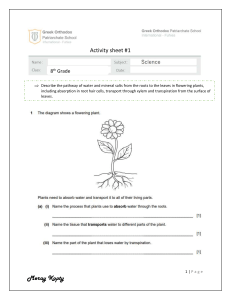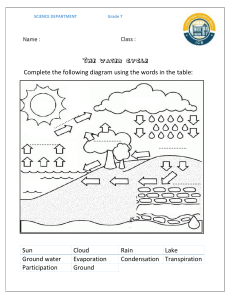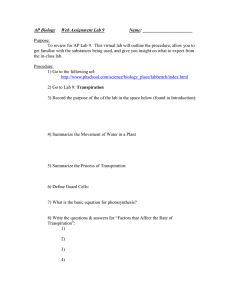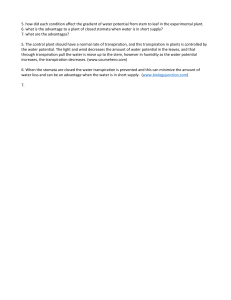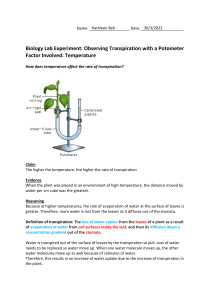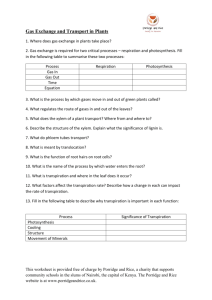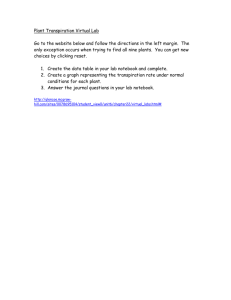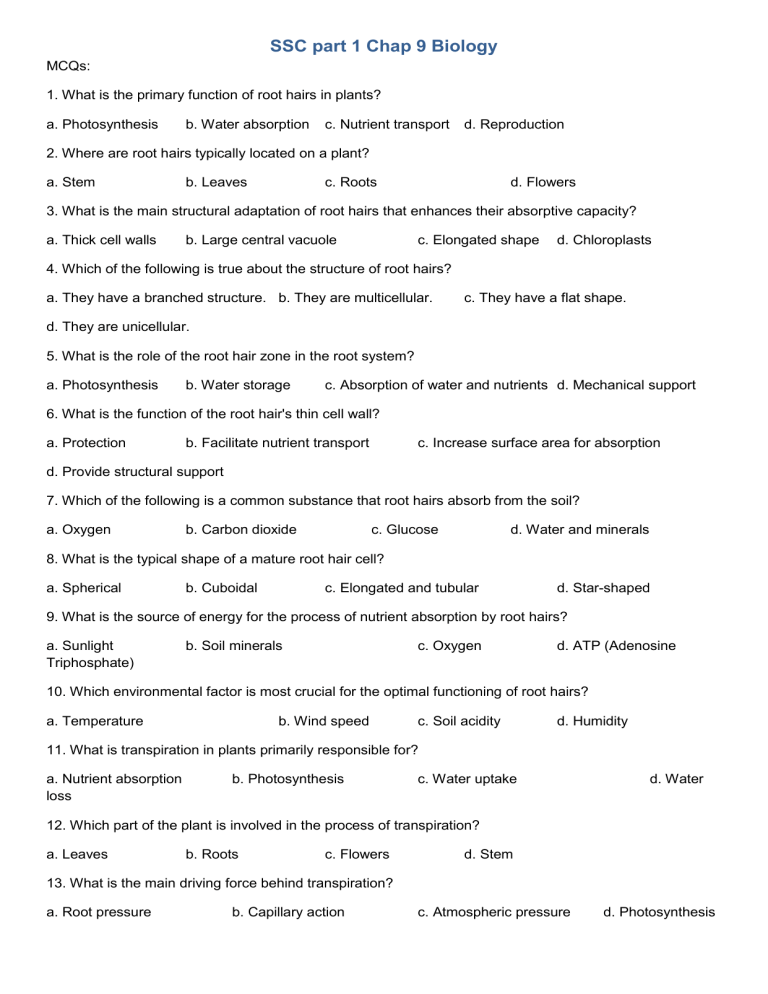
SSC part 1 Chap 9 Biology MCQs: 1. What is the primary function of root hairs in plants? a. Photosynthesis b. Water absorption c. Nutrient transport d. Reproduction 2. Where are root hairs typically located on a plant? a. Stem b. Leaves c. Roots d. Flowers 3. What is the main structural adaptation of root hairs that enhances their absorptive capacity? a. Thick cell walls b. Large central vacuole c. Elongated shape d. Chloroplasts 4. Which of the following is true about the structure of root hairs? a. They have a branched structure. b. They are multicellular. c. They have a flat shape. d. They are unicellular. 5. What is the role of the root hair zone in the root system? a. Photosynthesis b. Water storage c. Absorption of water and nutrients d. Mechanical support 6. What is the function of the root hair's thin cell wall? a. Protection b. Facilitate nutrient transport c. Increase surface area for absorption d. Provide structural support 7. Which of the following is a common substance that root hairs absorb from the soil? a. Oxygen b. Carbon dioxide c. Glucose d. Water and minerals 8. What is the typical shape of a mature root hair cell? a. Spherical b. Cuboidal c. Elongated and tubular d. Star-shaped 9. What is the source of energy for the process of nutrient absorption by root hairs? a. Sunlight Triphosphate) b. Soil minerals c. Oxygen d. ATP (Adenosine 10. Which environmental factor is most crucial for the optimal functioning of root hairs? a. Temperature b. Wind speed c. Soil acidity d. Humidity 11. What is transpiration in plants primarily responsible for? a. Nutrient absorption loss b. Photosynthesis c. Water uptake d. Water 12. Which part of the plant is involved in the process of transpiration? a. Leaves b. Roots c. Flowers d. Stem 13. What is the main driving force behind transpiration? a. Root pressure b. Capillary action c. Atmospheric pressure d. Photosynthesis 14. In which form does water exit the plant during transpiration? a. Water vapor b. Liquid water c. Sap d. Transpiration droplets 15. What role do stomata play in the process of transpiration? a. Nutrient absorption b. Gas exchange c. Mechanical support d. Photosynthesis 16. Which environmental factor can increase the rate of transpiration in plants? a. Low humidity b. Low temperature c. Still air d. Nighttime 17. What is the term for the opening and closing of stomata to regulate transpiration? a. Phototropism regulation b. Translocation c. Turgor pressure d. Stomatal 18. What is the function of the cuticle in transpiration? a. To prevent water loss b. To enhance water absorption c. To regulate temperature d. To provide structural support 19. Which of the following is a passive process in transpiration? a. Root pressure b. Guttation c. Stomatal opening d. Active transport 20. What is the term for the loss of water from the tips of leaves, often in the form of droplets? a. Guttation b. Evaporation c. Osmosis d. Transpiration stream Q no 1 : Why Transpiration is very important for plants? [4] Q no 2 : What are the factors affecting the rate of Transpiration? [6] Q no 3 : Describe the structure of dicot root ? [5]
